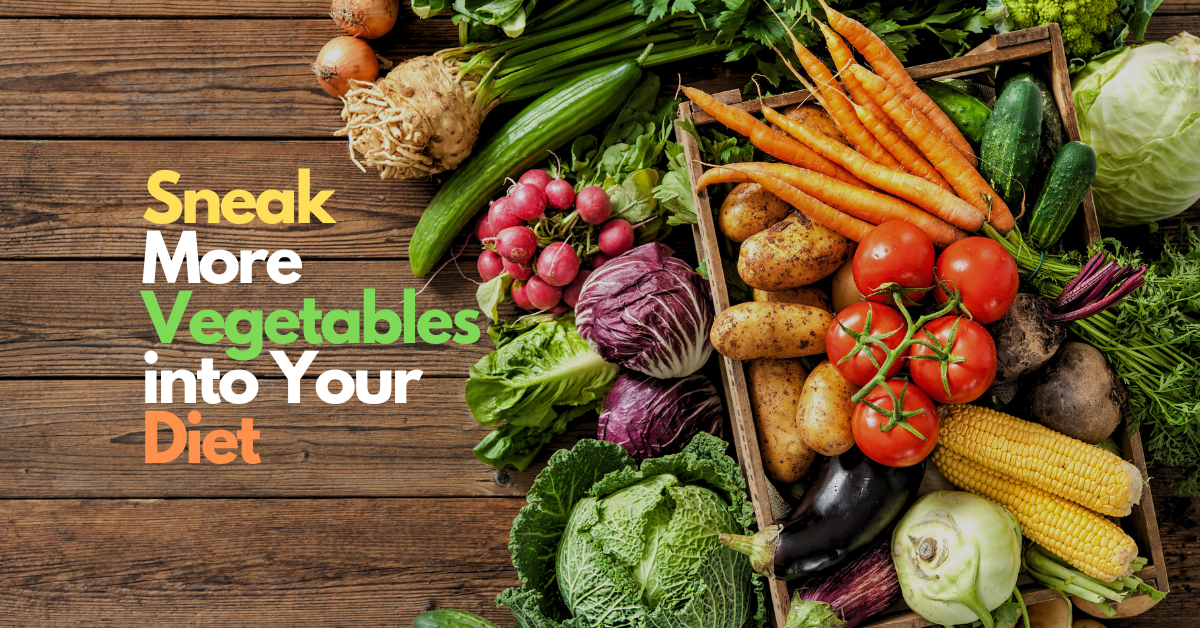It’s no secret that vegetables are an important part of a healthy diet, providing vital nutrients and fiber that our bodies need to thrive. However, incorporating them into our meals can sometimes be a challenge. Fear not, as we have curated a list of 10 clever ways to effortlessly sneak more vegetables into your diet. From clever cooking techniques to creative meal ideas, these strategies will help you boost your veggie intake without sacrificing flavor or satisfaction. Let’s dive in and explore these simple yet effective ways to elevate your vegetable consumption for a healthier lifestyle.
Add Veggies to Breakfast
Scrambled eggs with spinach
The key to incorporating more vegetables into your breakfast is by getting creative with your morning routine. One simple way to do this is by adding spinach to your scrambled eggs. You’ll not only boost the nutritional value of your meal but also add a delicious pop of color and flavor. Simply sauté a handful of fresh spinach in a pan before adding in your beaten eggs for a simple and tasty veggie-packed breakfast.
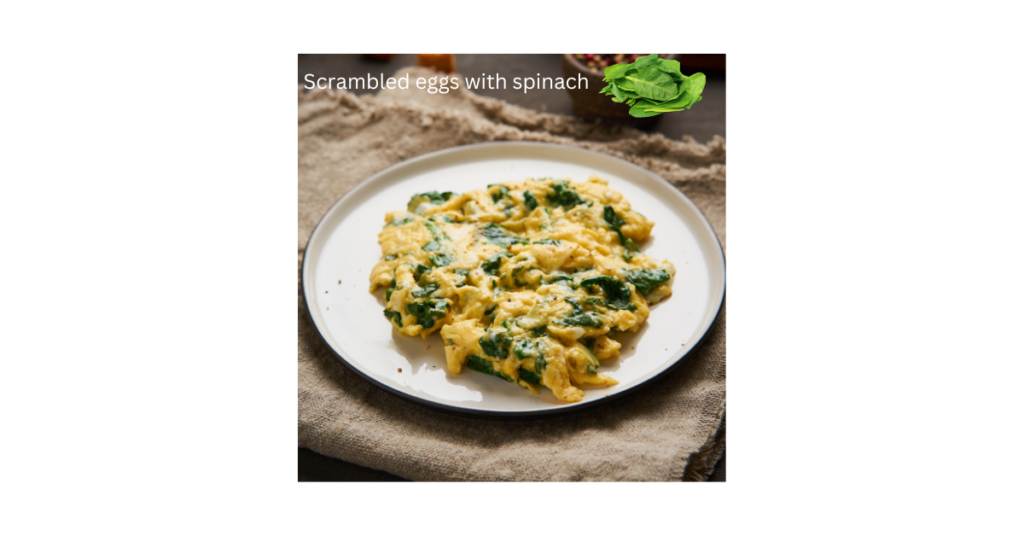
Smoothies with kale
One of the easiest ways to sneak in more vegetables at breakfast is by blending them into a smoothie. Kale, a nutrient-dense leafy green, is a perfect addition to your morning smoothie. You can combine kale with fruits like bananas and berries to create a delicious and refreshing breakfast drink that is packed with vitamins and minerals. One tip is to freeze your kale before blending it to make your smoothie extra creamy and chilled.
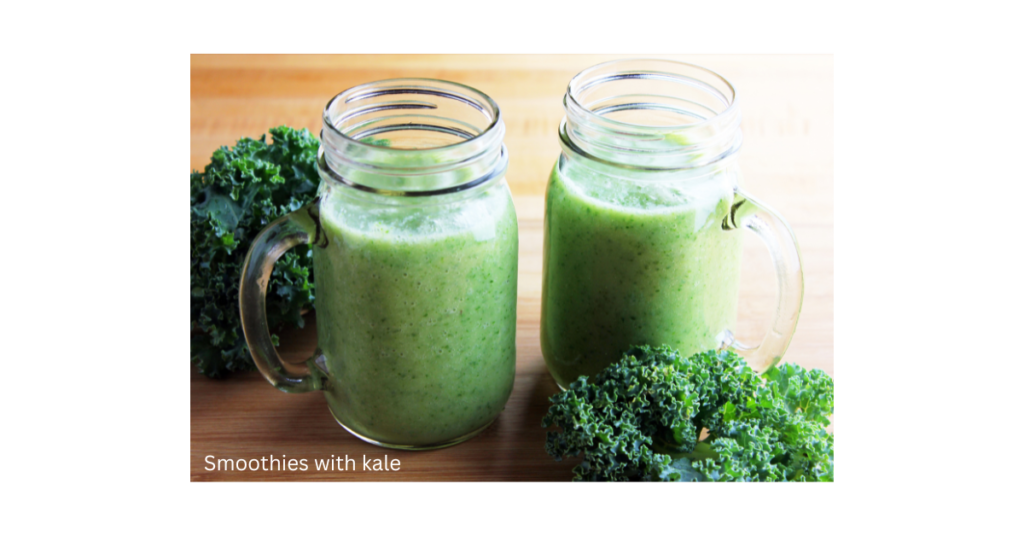
You can also experiment with adding other vegetables like cucumber or carrots to your smoothies for added nutrients without compromising on taste. The possibilities are endless when it comes to creating a nutritious and veggie-filled breakfast smoothie that will kickstart your day on a healthy note.
Use Veggie Noodles
Zucchini noodles (zoodles)
If you’re looking to increase your vegetable intake, zucchini noodles are a game-changer. Even if you’re not a big fan of vegetables, zoodles can be a delicious and low-carb alternative to traditional pasta. They are easy to make using a spiralizer or even a vegetable peeler, and can be enjoyed raw or cooked. Try tossing them with your favorite pasta sauce or adding them to soups and stir-fries for an extra dose of veggies.
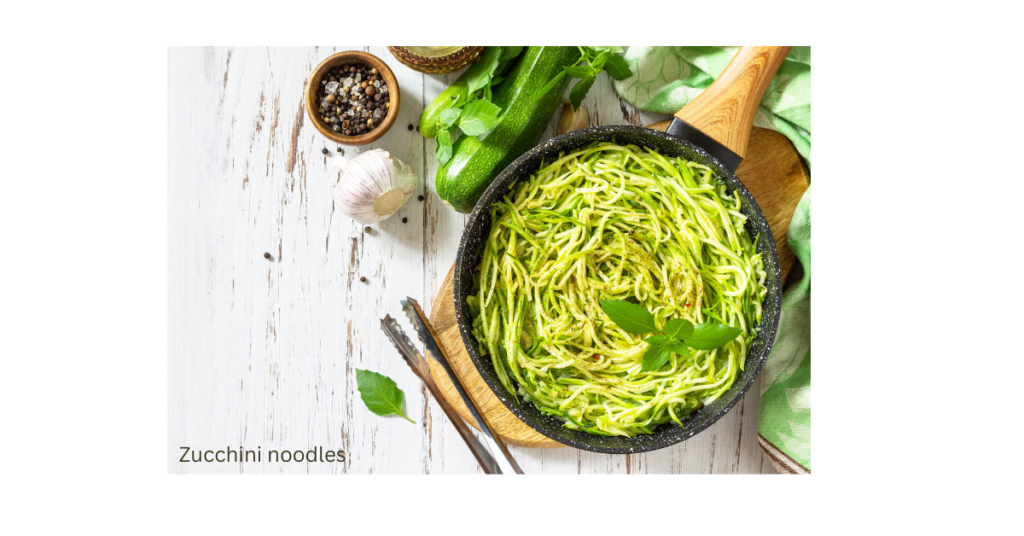
Spaghetti squash pasta
Even if you’re not a fan of zucchini noodles, spaghetti squash pasta is another fantastic way to sneak more vegetables into your diet. There’s a reason why it’s called spaghetti squash – when cooked, the flesh of the squash can be scraped into long strands that resemble spaghetti. It’s a great gluten-free and low-calorie alternative to traditional pasta, packed with vitamins and minerals like Vitamin A and Vitamin C.
It can be roasted, boiled, or even microwaved to soften the flesh, making it easy to create a tasty and nutritious dish. Try topping it with your favorite sauce and adding protein like grilled chicken or shrimp for a complete meal.
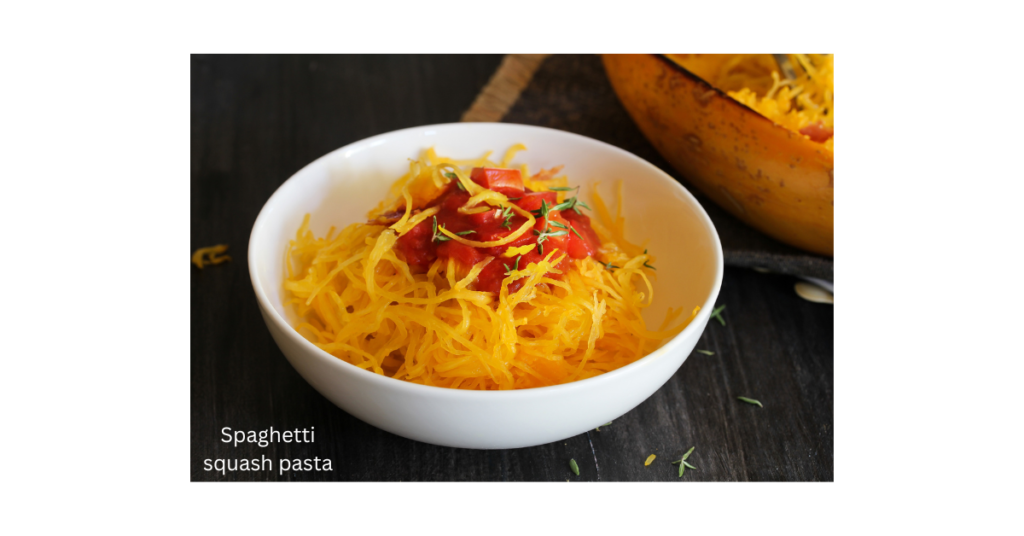
Snack on Veggies
Carrot and cucumber sticks
With their crunchy texture and refreshing taste, carrot and cucumber sticks make a perfect snack for any time of day. Keep a container of pre-cut veggies in your fridge for easy access when hunger strikes. You can enjoy them on their own or pair them with a dip like hummus or Greek yogurt for added flavor and protein.
Bell pepper with hummus
The combination of sweet bell pepper strips and creamy hummus is not only delicious but also packed with nutrients. Bell peppers are rich in vitamin C and antioxidants, while hummus provides a good source of plant-based protein and fiber. This savory snack will keep you satisfied and energized between meals.
The vibrant colors of bell peppers indicate the presence of beneficial phytonutrients that support overall health. Choose a variety of bell peppers like red, yellow, and green to maximize the range of vitamins and minerals in your snack. Pairing them with hummus adds a satisfying creamy texture that complements the crunchiness of the peppers.
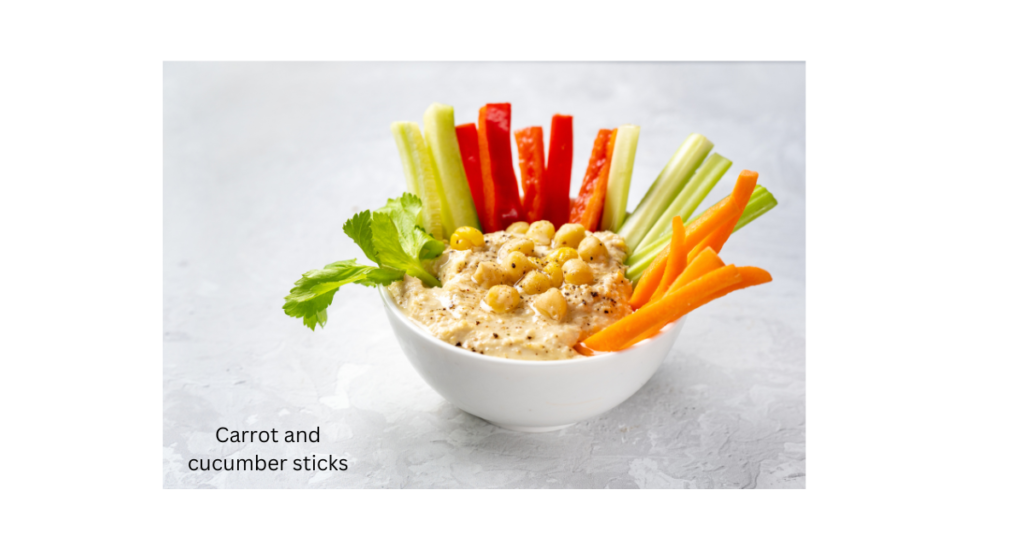
Vegetable-Based Soups
Butternut Squash Soup
Any time of year is perfect for enjoying a warm bowl of butternut squash soup. This velvety and flavorful soup is a great way to sneak in some extra vegetables into your diet. With its vibrant color and rich taste, you won’t even realize how healthy it is!
Broccoli and Cheese Soup
Even the pickiest eaters won’t be able to resist the comforting and creamy goodness of broccoli and cheese soup. Packed with the nutritional benefits of broccoli, this soup is a delicious way to increase your veggie intake. The combination of cheese adds a rich and indulgent flavor that will make you forget you’re eating vegetables.
Vegetable-based soups are a fantastic way to incorporate more veggies into your meals without sacrificing taste. Whether you’re a fan of butternut squash or broccoli and cheese soup, these dishes are not only flavorful but also nutritious. Experiment with different vegetable combinations to create your own delicious soup recipes that will have you reaching for that extra serving of veggies every time.
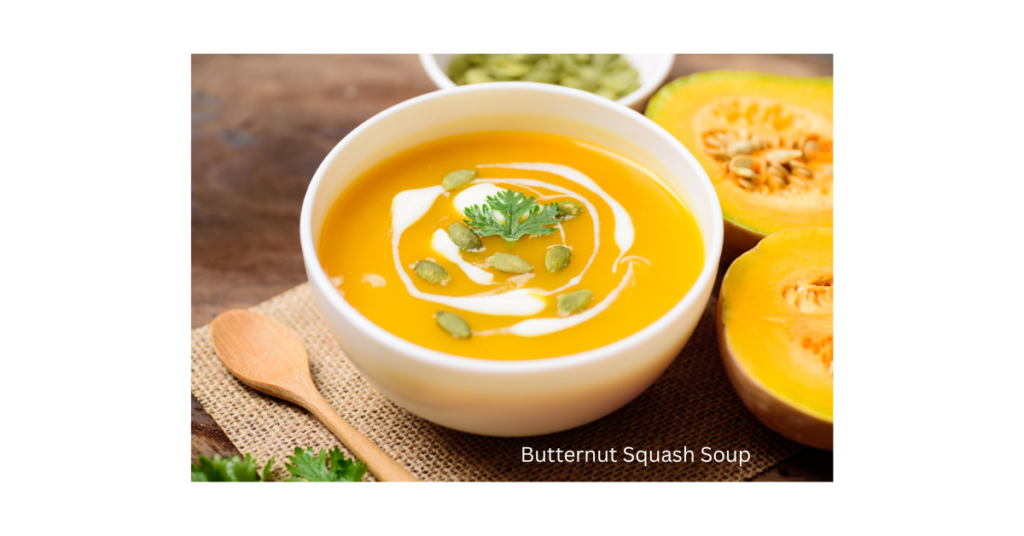
Veggie-Packed Sandwiches
Avocado and Sprouts Filling
To add a nutritious boost to your sandwich, consider using a filling made of creamy avocado and fresh sprouts. Avocados are rich in healthy fats, vitamins, and minerals, while sprouts provide a crunchy texture and a powerhouse of nutrients. Simply mash ripe avocados and layer with a handful of sprouts for a delicious and satisfying sandwich filling.
Cucumber and Tomato Slices
Some other great vegetable options to include in your sandwich are thinly sliced cucumbers and juicy tomatoes. These veggies not only add color and crunch to your sandwich but also provide crucial vitamins and hydration. Layering cucumber and tomato slices between your favorite bread with some hummus or mustard can elevate the flavor profile of your sandwich while sneaking in some extra veggies.
Slices of cucumber and tomato not only enhance the taste of your sandwich but also contribute to your daily vegetable intake. Cucumbers are low in calories but high in water content, making them a refreshing addition to your meal. Tomatoes, on the other hand, are packed with antioxidants like lycopene, which have numerous health benefits. Incorporating these slices into your sandwiches is an easy way to increase your vegetable consumption without compromising on taste.
Try Cauliflower Rice
Stir-fried cauliflower rice
Not a fan of traditional rice? Try cauliflower rice as a low-carb alternative packed with nutrients. To stir-fry cauliflower rice, start by pulsing cauliflower florets in a food processor until they resemble rice grains. Then, heat some oil in a pan, add the cauliflower rice, and stir-fry with your favorite vegetables, protein, and seasonings for a quick and healthy meal.
Cauliflower rice burrito bowl
While burrito bowls are typically filled with rice, swapping it out for cauliflower rice can add an extra serving of vegetables to your meal. You can easily make a cauliflower rice burrito bowl by topping a bed of cauliflower rice with black beans, salsa, avocado, and grilled chicken or tofu. This delicious and satisfying meal is perfect for a quick lunch or dinner option.
Cauliflower is a versatile vegetable that can be used in various rice-based dishes to increase your vegetable intake. It is low in calories and high in fiber, vitamins, and minerals, making it a nutritious choice for your meals. Experiment with different herbs and spices to add flavor to your cauliflower rice dishes and enjoy a healthier alternative to traditional rice.
Choose Vegetable Chips
Baked kale chips
If you’re looking for a crispy and healthy snack, baked kale chips are the way to go. Simply toss kale with olive oil and your favorite seasonings, then bake them until they are crisp. Kale chips are a great alternative to traditional potato chips and are packed with vitamins and minerals. Plus, they are low in calories and high in fiber, making them a guilt-free snack option.
Sweet potato chips
On the sweeter side, sweet potato chips are a delicious and nutritious snack that you can enjoy guilt-free. Sweet potatoes are rich in vitamins A and C, as well as fiber, making them a healthy alternative to regular potato chips. You can easily make your own sweet potato chips by slicing sweet potatoes thinly, tossing them in olive oil and spices, and baking them until crispy.
Choose vegetable chips as a healthier option for snacking. They provide a crunchy and flavorful alternative to traditional potato chips while boosting your daily vegetable intake. Experiment with different vegetables like beet chips, zucchini chips, or carrot chips to discover new flavors and textures. By choosing vegetable chips, you can sneak more vegetables into your diet without sacrificing taste or satisfaction.
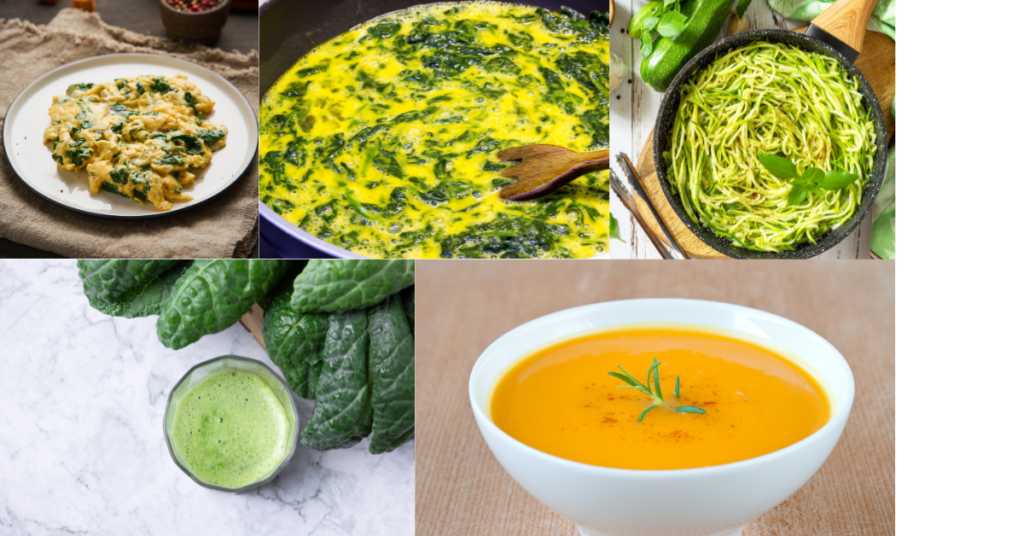
Make Veggie Dips
Spinach and artichoke dip
Many people love indulging in a creamy spinach and artichoke dip, little do they know it’s a fantastic way to sneak in some extra veggies. Spinach and artichokes are rich in imperative nutrients like vitamins A, C, and K. By combining them with some light cream cheese and Greek yogurt, you can create a delicious dip that will have everyone coming back for more.
Pumpkin hummus
One way to incorporate more vegetables into your diet is by making a delicious pumpkin hummus. Pumpkin is not only a great source of vitamins and antioxidants, but it also adds a unique flavor to the traditional chickpea dip. Simply blend some cooked pumpkin with chickpeas, tahini, lemon juice, and garlic for a nutrient-packed dip that pairs perfectly with fresh veggie sticks or whole-grain crackers.
Pumpkin hummus is a great alternative to traditional hummus and offers a seasonal twist that will impress your guests. Consider adding some roasted pumpkin seeds on top for an extra crunch and a boost of healthy fats.
Any vegetable dip is a versatile way to include more veggies in your diet. Experiment with different combinations of vegetables, herbs, and spices to create dips that suit your taste preferences while still being packed with nutrients.
Create Plant-Based Desserts
Avocado Chocolate Mousse
Unlike traditional chocolate mousse that is loaded with cream and sugar, avocado chocolate mousse offers a healthier alternative that is just as delicious. An indulgent treat, this creamy dessert combines ripe avocados with cocoa powder, a touch of sweetener, and a splash of vanilla extract. Blend until smooth, refrigerate, and enjoy a rich and satisfying dessert that is packed with nutrients like healthy fats, fiber, and antioxidants.
Zucchini Brownies
The zucchini brownies are a clever way to incorporate vegetables into a classic dessert. The shredded zucchini adds moisture and a subtle sweetness to the brownie batter, resulting in a fudgy and decadent treat. The best part is that you won’t even taste the zucchini, making it a perfect way to sneak in some extra veggies for those picky eaters in your life.
The addition of zucchini in brownies not only enhances the texture but also increases the nutritional value of the dessert. Zucchini is low in calories and packed with vitamins, minerals, and antioxidants, making these brownies a guilt-free indulgence that you can feel good about.
To wrap up
With these considerations in mind, incorporating more vegetables into your diet can be both tasty and beneficial for your health. By utilizing these 10 creative ways to sneak vegetables into your meals, you’ll be well on your way to increasing your vegetable intake and reaping the rewards of a balanced and nutritious diet. Remember to experiment with different vegetables and cooking methods to find what works best for you and your taste preferences. So go ahead and start adding more veggies to your meals; your body will thank you!
References
- “10 Clever Ways to Sneak More Vegetables Into Your Diet” by EatingWell – This article provides creative ideas for incorporating vegetables into your meals without even realizing it.
- “How to Sneak More Vegetables into Your Diet” by Healthline – Healthline offers practical tips and recipes for adding more vegetables to your diet, even for those who may not be vegetable enthusiasts.
- “15 Sneaky Ways to Add More Veggies to Your Diet” by Cooking Light – Cooking Light suggests simple and sneaky ways to increase your vegetable intake, including clever cooking techniques and recipe substitutions.


